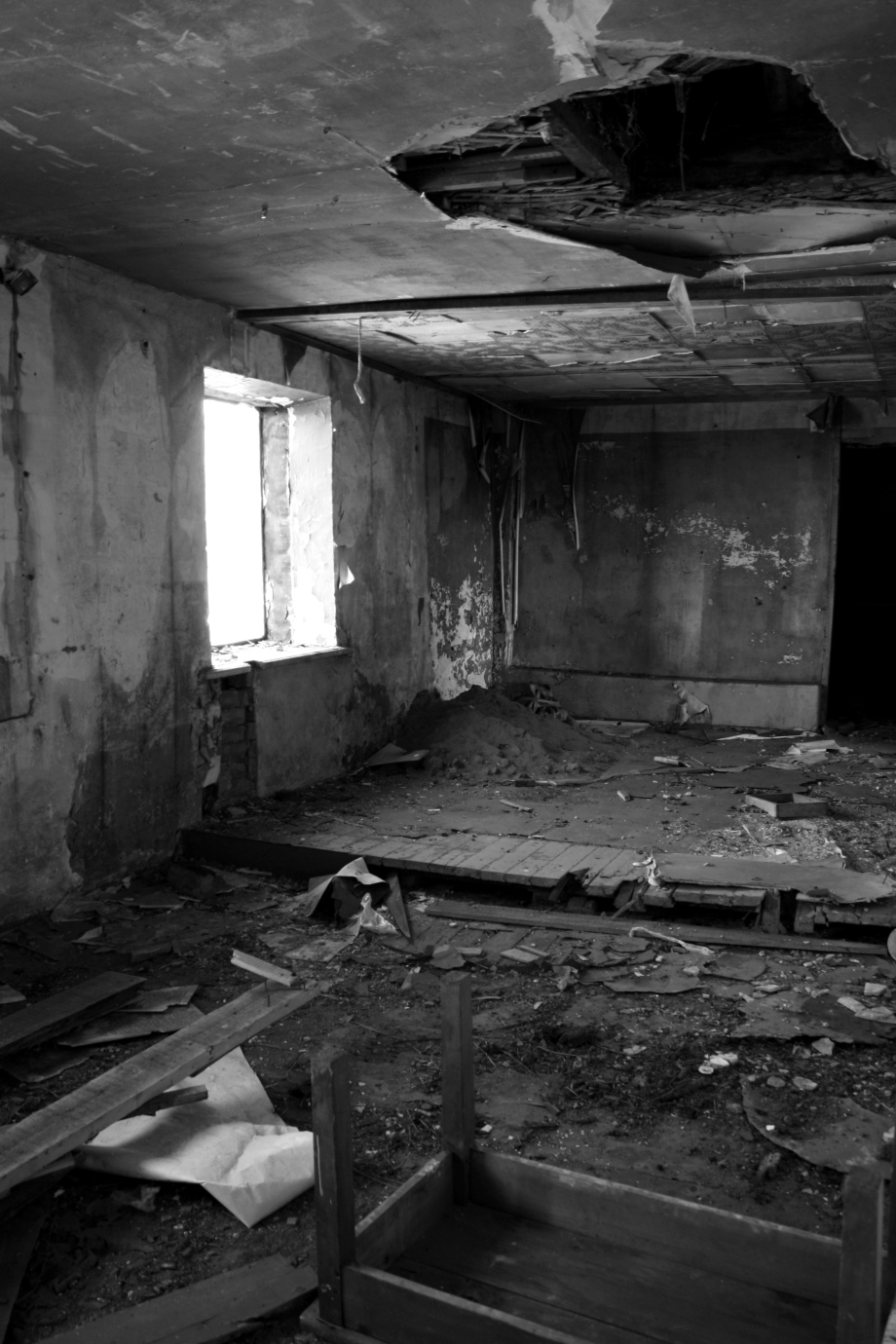There are many different types of modern ruins, but almost all of them are in some way or another “unintended memorials” to certain turning points or historical events. Maybe one of the most interesting category of monumental relics are the ruins of Gulag, that is the prison camps system of the former Soviet Union. This is probably because these places have not been turned to museums, but they still have survived like so many other Soviet ruins.
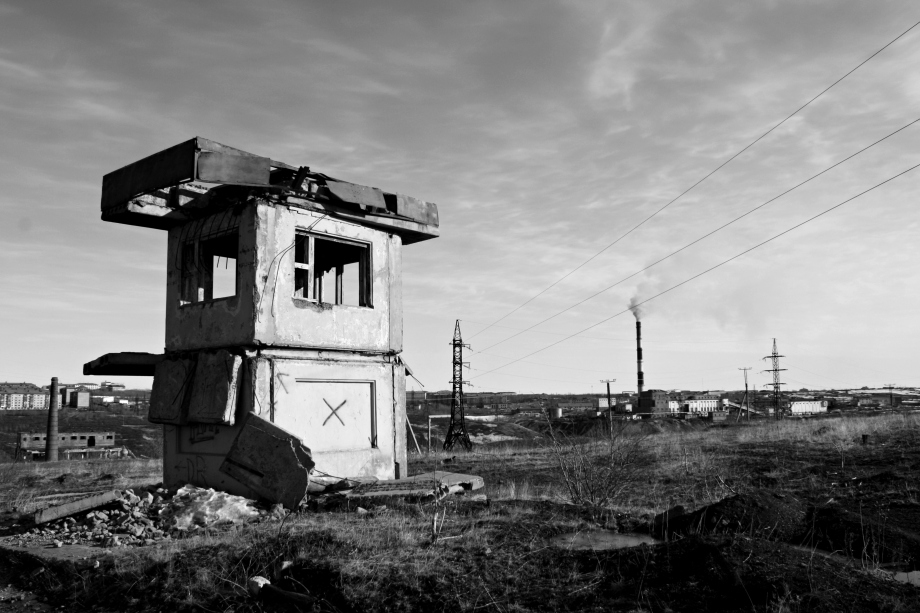
To put it roughly, ruins remember. This is especially true with Gulag, which is not exactly forgotten, but is not commemorated in the same highlighted way at Europe or at Russia as concentration camps of Nazi Germany, although the Soviet camp system was in its way equally destructive. This is why ruins of Gulag have evidential value. They are authentic relics of the past.
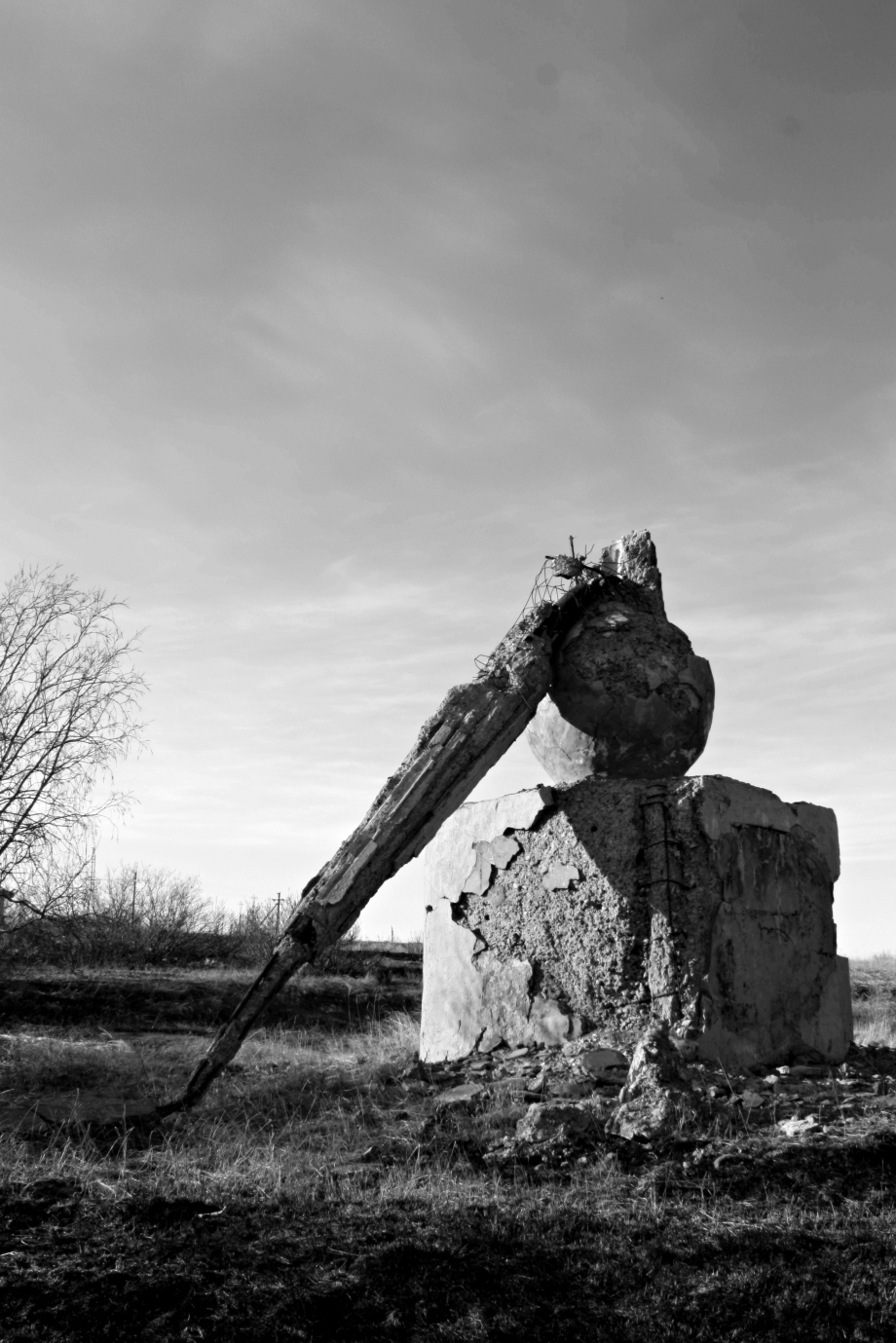
This collapsed monument is memorial to the first mine of Vorkuta. Vorkuta indeed was all about mines. And about Gulag. These two things were the reason the town was originally born to the hostile regions of northern Russia, at the middle of the tundra well above the Arctic Circle. Coal was discovered at Vorkuta at 1930s, and soon Gulag camp of Vorkutlag was established to get the precious black stuff out of the ground. Nobody wanted to move to the far-north, so forced labour was used in the Vorkuta mines. The town began to grow around the mines and the camp, so basically there would have been no Vorkuta without the Gulag. This is why the heritage of the labor camps is still visible in many areas around the city.
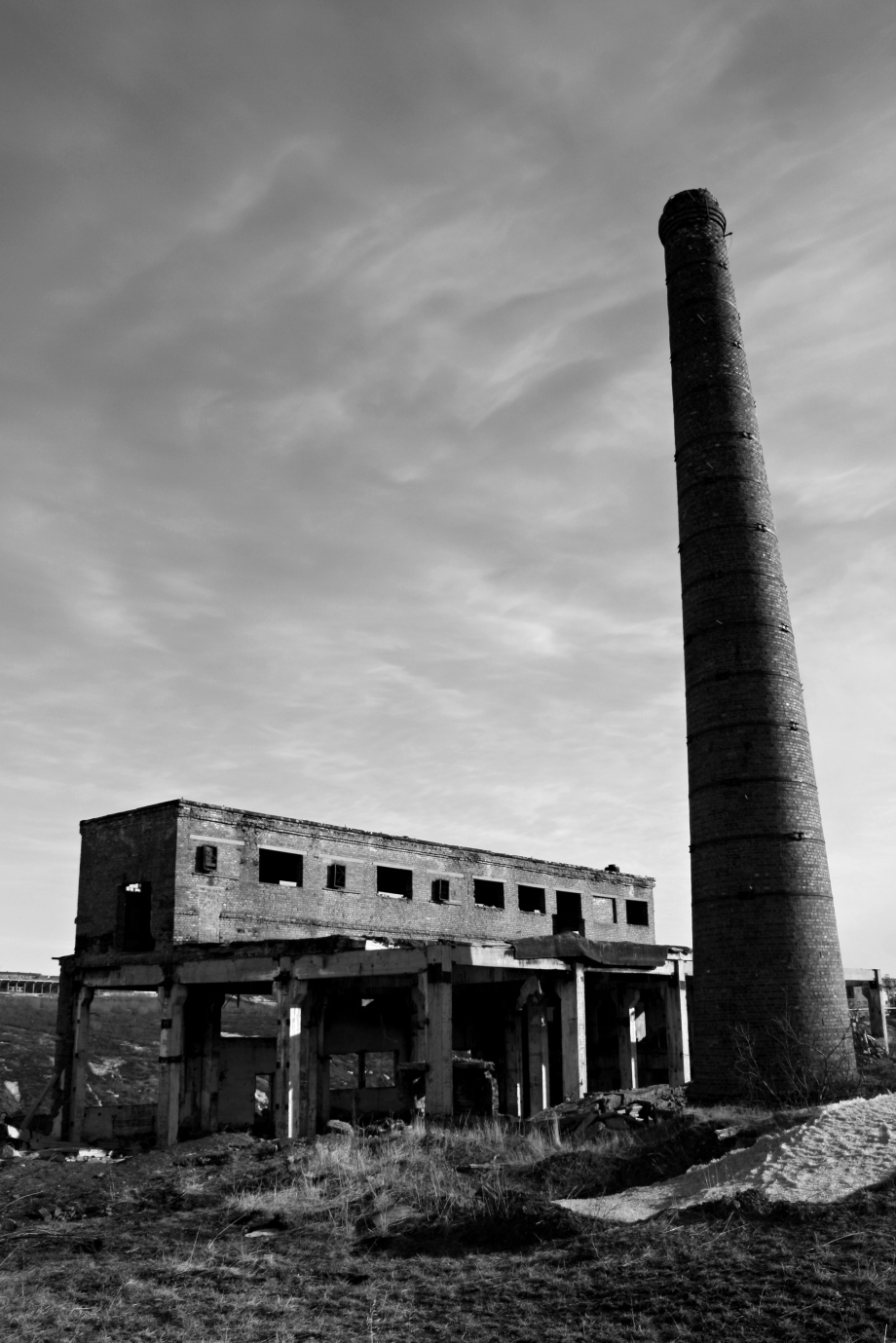
The center of present-day Vorkuta is inhabited, in great part by the descendants of the inmates of the Vorkutlag. There is about 60 000 people living in there, and all in all it resembles any middle-sized industrial town of Russia. But almost all the surrounding areas, that is the former suburbs, or classic Russian-style microraions, are now all but abandoned.
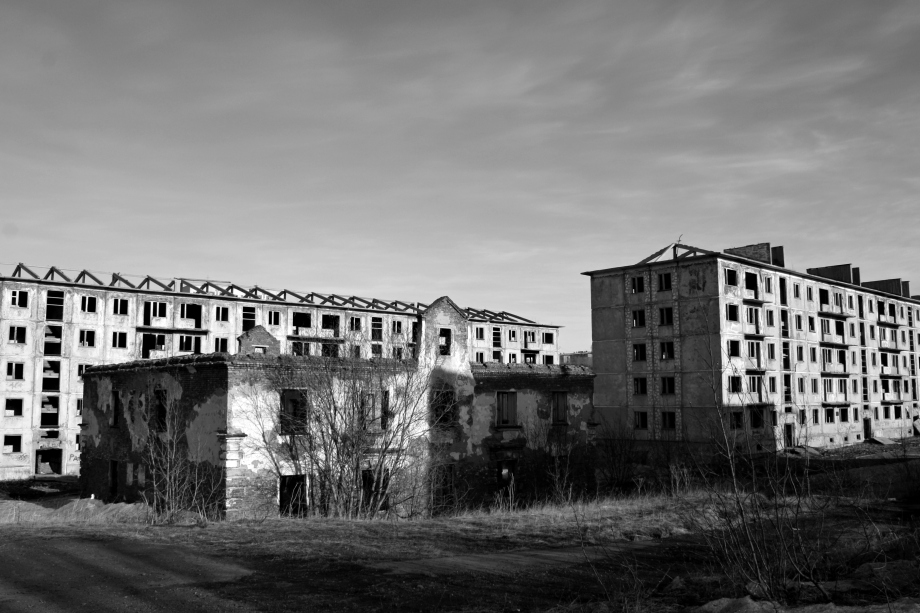
This area, situated on the western side on Vorkuta river, was originally part of Vorkuta city itself. It was first built during the 1950s as one can infer from the older buildings of the area.
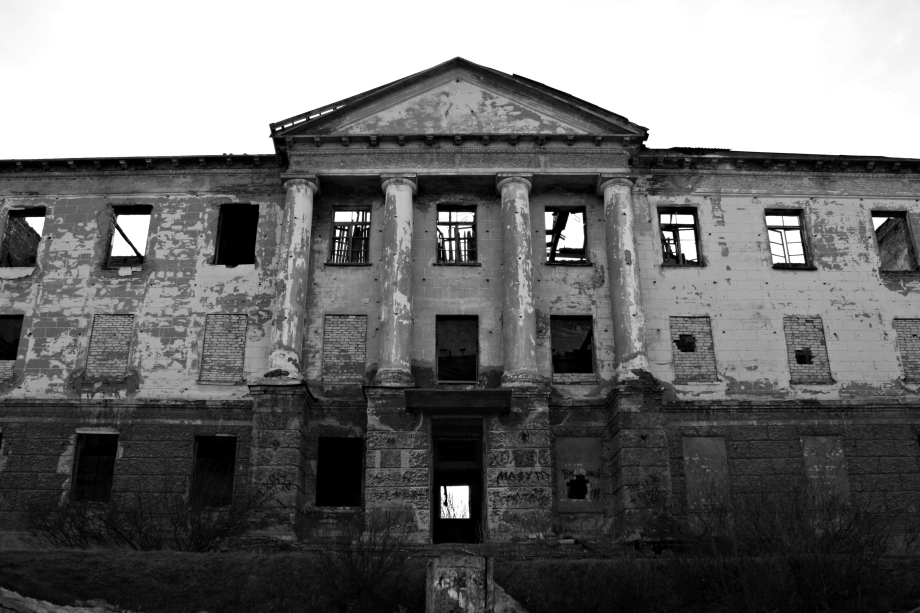
Originally the suburb was meant to the free workers of Vorkuta, like geologist and such. During 1960s it grew larger when Gulag was dismantled step by step, and free workforce needed homes. A lot of cheap Khrushchyovka houses were built, but eventually they were also discarded.
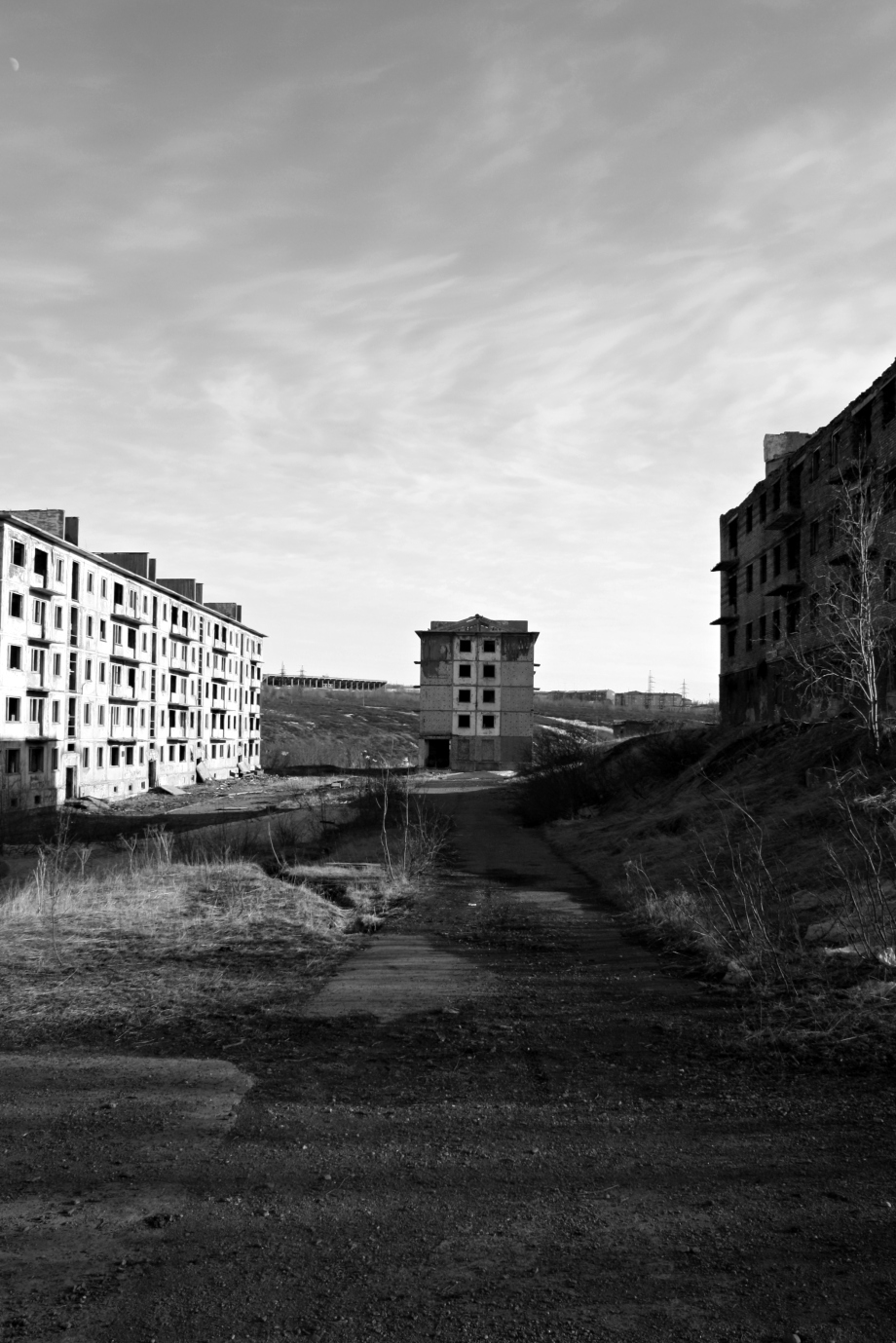
These are not ruins of Gulag itself, but indirectly they are result of the camps, as the idea of a real city in the no-man’s-land of far north was preposterous. After the collapse of the Soviet Union, when people were free to go, they left Vorkuta in hordes, especially because the mines were shut one by one during the 1990s. Apart from the center, the city was deserted.
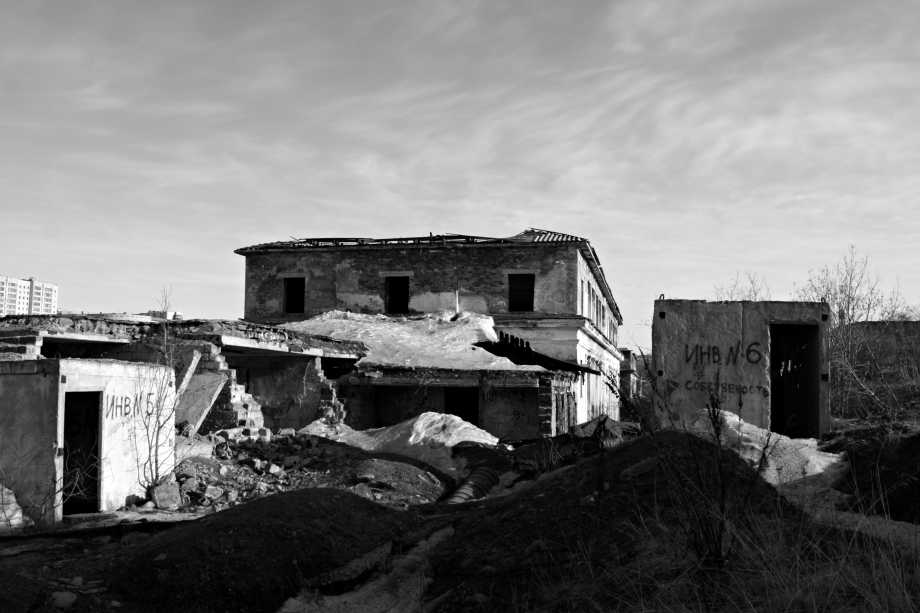
The ruins of actual Gulag are scarce because barracks, watch-towers and such were mostly built of wood, and they have been destroyed naturally during the past decades or used as construction materials. But in many camps one building was of stone – the punishment cell.
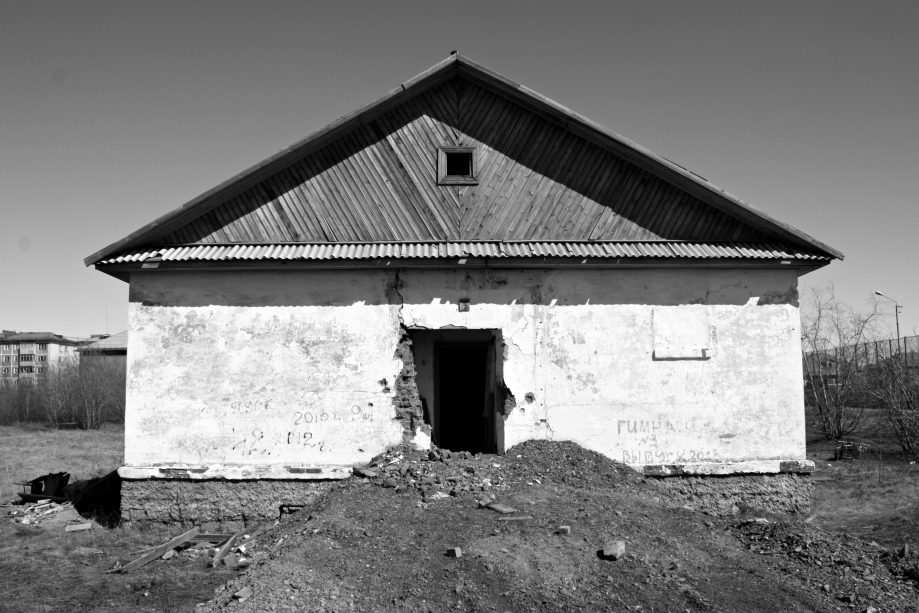
This former cell, which was used as a warehouse in later years, is standing at the outskirts of Vorkuta, few miles from the abandoned western part of the center. During the Gulag it was used as an isolator cell for prisoners. Inside there was nothing left, only dementia of the past.
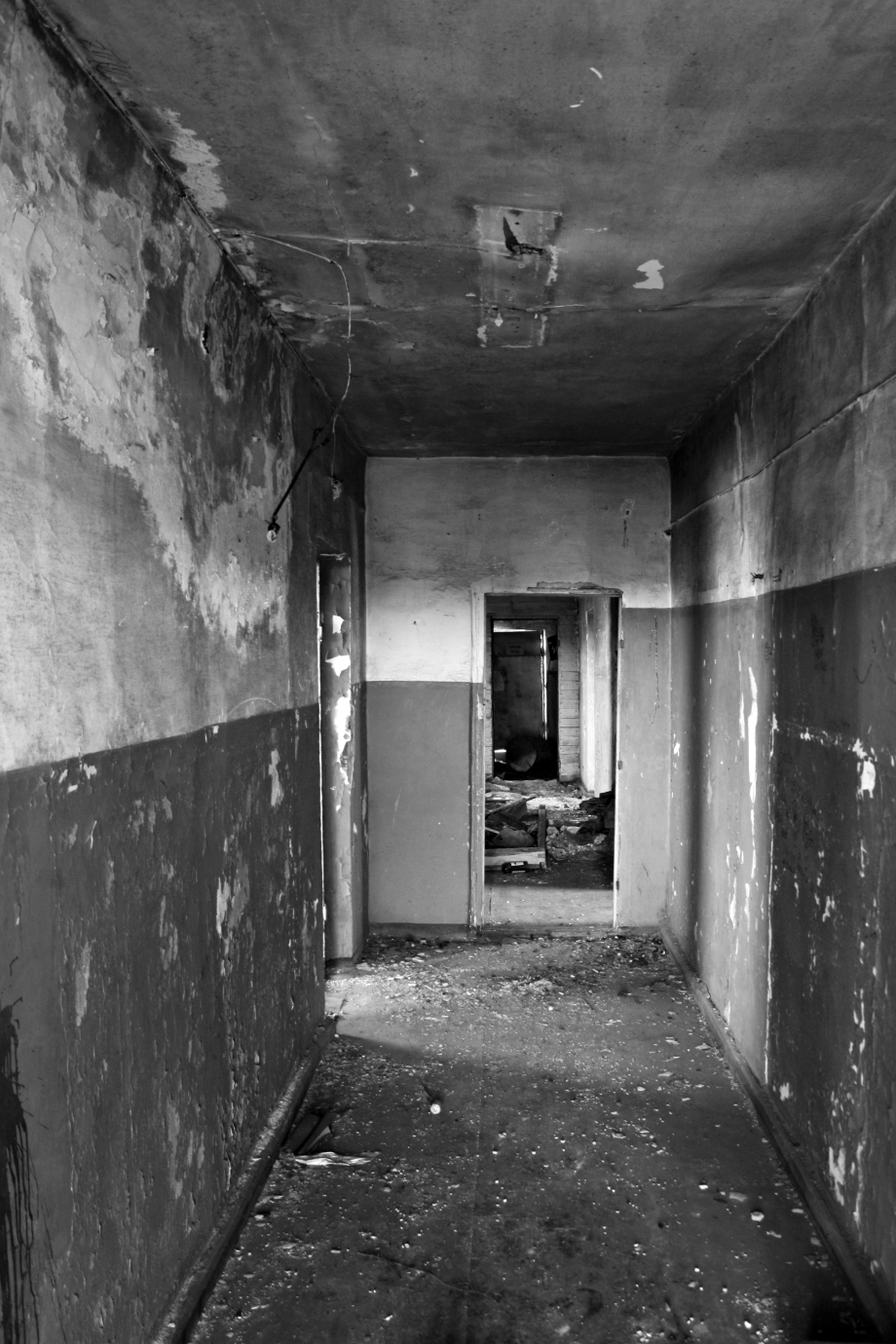
Lonely light bulb was dangling slowly on the roof like a stopped pendulum of a long-dead clock.
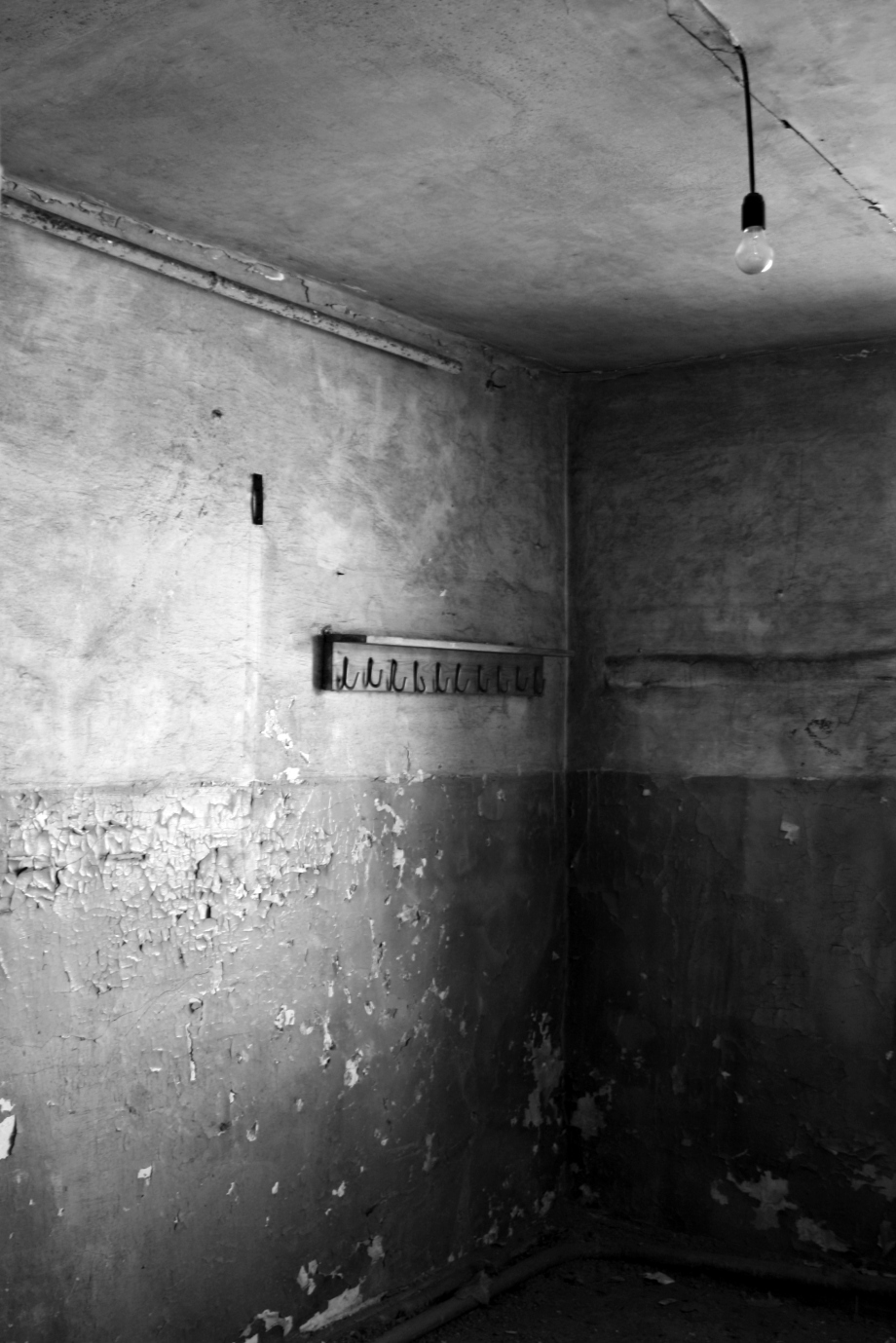
Few active people of Vorkuta have planned a Gulag museum to the premises of the former punishment cell, but it hasn’t actualized because lack of funds. So for the time being the building and entire Vorkuta continue to remember the prison camp history in the form of ruins.
